Vacuum Tech Basics
Fundamentals of Vacuum Technology
Suction
Suction uses the atmospheric pressure generated when air is exhausted from the container. Suction can be used for two purposes: drawing in and moving substances and extracting substances from a certain volume of containers.
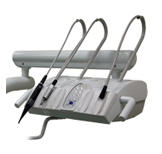
Suction Applications:
- Medical equipment: Dental treatments, Liposuction equipment, etc.
- Compression for futons and clothing, toilets used in Shinkansen trains and vehicles for long-distance travel
- Milking machines
Adsorption
Adsorption uses the pressure difference from atmospheric pressure caused by making space into the vacuum. Vacuum adsorption is also called chuck and is used to fix and transport goods.
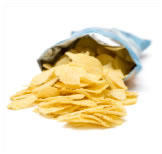
Adsorption Applications:
- Transport of items that are fragile to impacts: such as packed eggs or glass plates.
- Machines that open a bag when packing sweets and snacks.
Gas collecting
Hazardous substances such as carbon monoxide, hydrocarbons, and dioxins can be recovered using a vacuum pump.
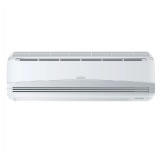
Gas Collecting Applications:
Recovery of hazardous substances such as chlorofluorocarbons used in refrigerators and air conditioners and carbon monoxide is contained in automobiles' exhaust gas.
Forming
When a sheet of thermoplastic resin, which is the material of a molded product, is heated and fitted into the mold, the air between the sheet and the mold is exhausted by a vacuum pump. The product is molded by adhering the sheet to the mold.
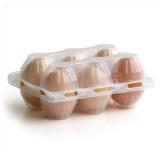
Forming Applications!
- Egg packages.
- Containers for meats, fish, vegetables, prepared foods, sweets, and snacks.
- Plastic containers for pills.
Liquid Filling
The inside of the airtight container is vacuumed to draw in the liquid by using the pressure difference between the inside and outside of the container.
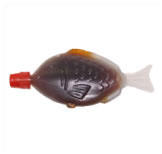
Liquid Filling Applications:
- Putting soy sauce into small soy sauce containers.
- Filling viscous liquid into containers such as cosmetics.
Gas Replacement
Neon tubes used for illuminations in the city and lighting contain neon gas, and gas replacement is used to fill this gas.
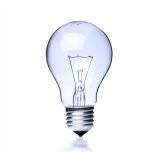
Gas Replacement Applications:
- Refrigerant filling for air conditioners.
- Illuminations in the city.
- Neon tubes.
- Fluorescent lights.
Oxidation Prevention
It is necessary to block what you don't want to oxidize from oxygen to prevent oxidation. When a sealed space is evacuated using a vacuum pump, oxygen in the space is discharged to the outside to be removed. The oxygen is reduced in a vacuum state, enabling to inhibit changes of substances due to oxidation.
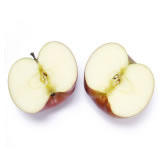
Oxidation Prevention Applications:
- Food preservation (vacuum pack).
- Dried flowers.
- Pressed flowers.
- Metal processing.
- Clothing storage after cleaning (vacuum packaging).
Freeze Drying
It is a method to vacuum dry materials while they are frozen. The vacuum helps to remove moisture from the materials, removes the moisture from the material surfaces, and keeps the materials at a low temperature.
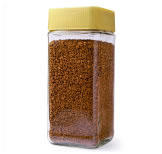
Freeze-Drying Applications:
- Instant coffees.
- Instant ramen noodles.
- Antibiotics.
- Blood preparation
- Injection solutions such as vaccines.
Vacuum Drying
It is a method to dry materials by lowering the pressure inside of the container without freezing them. The vacuum helps to remove moisture from the materials, removes the moisture from the material surfaces, and keeps the materials at a low temperature.
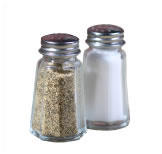
Vacuum drying is used for the following applications!
- Drying seasonings, spices, vegetables, and fruits
- Drying electronic components and metal materials after cleaning.
- Charging Gas for air conditioner.
Distillation
Vacuum concentration is a method to increase the concentration of a solution by evaporating the moisture in the solution under vacuum. Generally, it is used in the treatment process before vacuum drying or freeze-drying.
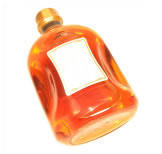
Distillation Applications!
- Food additives such as emulsifiers: Bread, Cakes, Ice cream, etc.
- Vitamins Extraction: Health foods, Medicine, etc.
- Distilled Spirits: White liquor, Shochu, Whiskey, etc.
- Polyamide Resins: Crimping tape, Laminates, etc.
- Lubricating Oils: Metalworking oil, Engine oil, Vacuum pump oil, etc.
Concentration
Vacuum concentration is a method to increase the concentration of a solution by evaporating the moisture in the solution under vacuum. Generally, it is used in the treatment process before vacuum drying or freeze-drying.
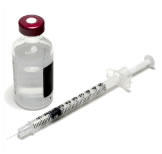
Concentration Applications:
- Condensed milk and powdered milk
- Blood separation in hospital laboratories.
- Vaccines.
- Genetic engineering and Synthetic polymer chemistry.
Degassing and Defoaming
When an airtight container with materials in it is evacuated so that inside may be full of vacuum, the air in the materials expands and comes out in a forming shape. Vacuum degassing uses this principle. The air contained in the liquid causes rust in the metal, and bubbles formed in the material reduce the product's value; defoaming is used to remove the air.
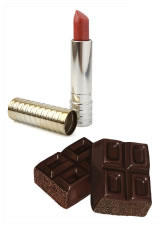
Degassing and Defoaming Applications:
<Degassing>
- Electronic components and semiconductors.
<Defoaming>
Adhesives, insulating materials, electronic materials, resin materials, pharmaceuticals (Ointments and dental materials), cosmetics (Lipsticks and cosmetic creams), cosmetics (Lipsticks and cosmetic creams), building materials (Sealing materials, glass, artificial stones), automobile parts(master models, sealing materials, resins, paints), elasticity(Noodles such as udon, ramen, and pasta), aerated chocolate.
Vacuum Deposition
A deposition is a method to form a thin film by heating an individual substance under reduced pressure and evaporating it to form an individual film on the substrate substance.

Vacuum Applications:
- Sunglass lenses.
- Coating of mirrors, Headlights of automobiles.
- Quartz crystal resonator for smartphones and wearables.
・Canadian 50 dollar bills, preventing fake bills.
Sputtering
Sputtering is one of the methods to form a thin film. When ions in plasmas produced by emitting electricity collide with a material, the material bounds back. Sputtering uses the phenomenon. "Sputter" ejects the cathode surface atoms by making positive ions collide with the cathode surface (Target).
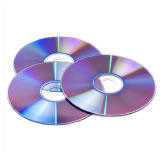
Sputtering Applications:
- CDs.
- Heat reflective window films.
Insulation
Vacuum insulation is a method to make it difficult to transfer heat to air or materials with the property of conducting heat.
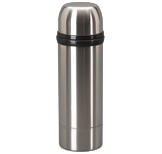
Insulation Applications:
・Thermos bottles.
・Electric keep warm jug.
・Upper lids of rice cookers.
Cooling
Cooling is taking heat from an object and making it cooler than its surroundings. It is the same principle that you feel cool after sprinkling water on the ground on a hot day in midsummer, or before we get a shot, the place where we get a shot is disinfected with alcohol, and the area feels cooler.
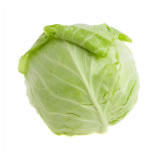
Cooling Applications:
- Cooling source for air conditioning.
- Storing vegetables and other foods.
Vacuum Tech Basics
HOW TO
- Vacuum Tech Basics
- Fundamentals of Vacuum Pumps (Low to Medium Vacuum)
- Fundamentals of Vacuum Pumps (High Vacuum)
- Fundamentals of Vacuum Valves
- Fundamentals of Vacuum Gauges
- Fundamentals of Quartz Crystal Oscillation Type Deposition Controller
- Fundamentals of Leak Detection
- Fundamentals of High-Speed Spectroscopic Ellipsometer
- Fundamentals of Gas Analyzer (Process Gas Monitor)
- The Others
- How to Choose The Best Products
- Old Models vs. New Models
- Troubleshooting